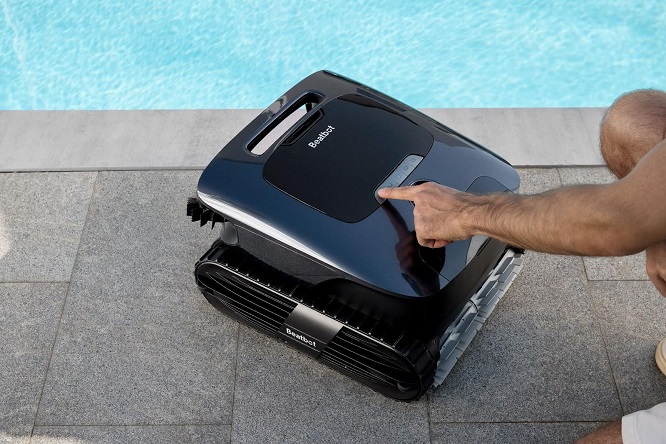The air inside homes, offices, or even cafes can be full of invisible stuff — dust, allergens, and all kinds of microscopic troublemakers. That’s where filters in ventilation systems come in. They’re like quiet little gatekeepers, working behind the scenes to clean the air we barely think about — until it starts feeling stale.
Types of ventilation system filters and their efficiency
So, what kinds of filters are actually out there? And do they really make a difference? Short answer: yes. There are quite a few types, and each one plays its part.
- HEPA filters are the most efficient: they trap the smallest particles up to 0.3 microns in size.
- Electrostatic filters use a bit of a science trick: they attract particles like a magnet.
- Carbon filters are more about smells and gases. Got a lingering odor? These are the go-tos.
- There are also hybrids — a smart combo of particle-trapping and odor-absorbing features, designed to handle a bit of everything at once.
All these filters are usually rated by something called MERV. The higher the MERV, the better the filter is at catching small stuff — but also, the more power your ventilation system needs to push air through it.
By the way, there’s a company called Blauberg — German roots, super focused on ventilation tech. Their systems are robustly built and tested in international labs. Really great engineering! The website isn’t a store, but it’s packed with details if someone’s looking for specs, certifications, or just wants to double-check what a certain ventilation system model can do.
Filters vs indoor air pollutants
What exactly do these filters capture? You will be surprised.
They cope well with dust (yep, even if the place looks spotless), pollen that sneaks in through open windows, mold spores, pet hair, tiny bacteria, even viruses. And also, the sneaky stuff like VOCs — those weird chemical gases from cleaning products, paint, furniture.
A solid ventilation system with decent filters doesn’t just freshen things up — it makes the air healthier to breathe. Less sneezes, fewer headaches, better sleep, sharper focus. It’s not magic. It’s just cleaner air.
Don’t forget maintenance
Even the best filters get dirty. No filter lasts forever. In fact, an old, clogged one can actually make the air worse.
Here’s what helps:
- Give filters a check every month or two, especially in dusty areas.
- Replace them when they start looking grimy (usually every few months).
- Keep an eye on how your system’s running — if it’s suddenly noisy or struggling, the filter may be the cause.
- Watch out for unpleasant smells or stale air —a sign that it’s time to change the filter.
- If your system has a pressure gauge or alert feature, use it — it can tell you when airflow is being blocked.
- Consider setting a reminder or adding filter checks to your seasonal home maintenance routine.
Let’s face it: clean air is easy to take for granted… until something goes wrong. Filters aren’t the flashiest part of a home or office, but they’re working nonstop to keep the space comfortable, fresh, and healthy. A little attention goes a long way.


